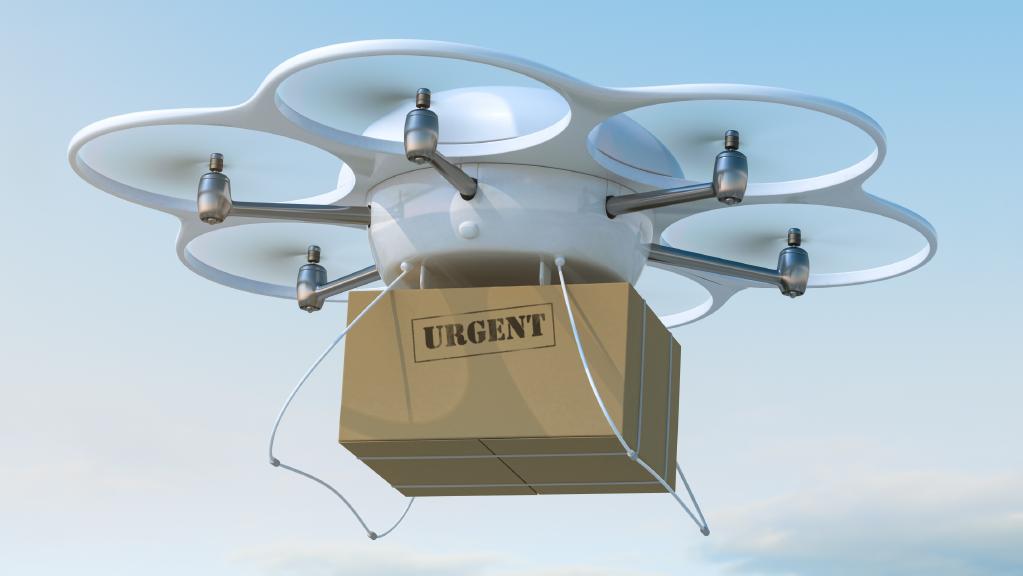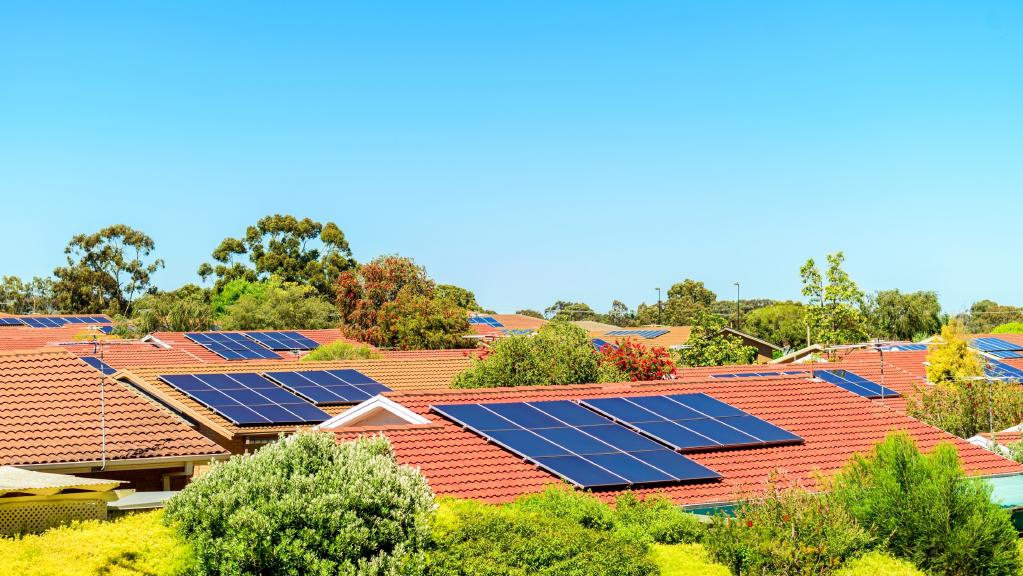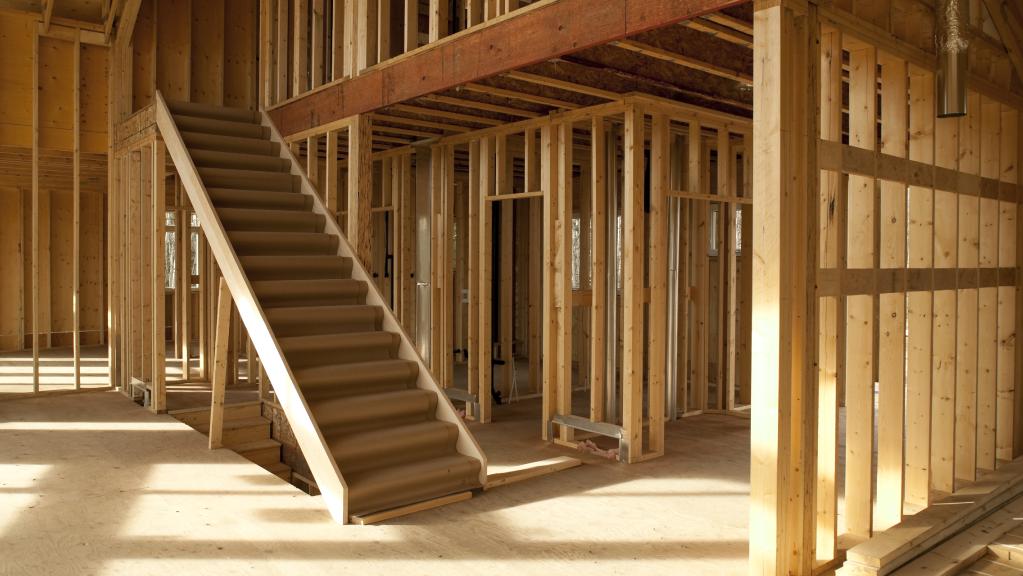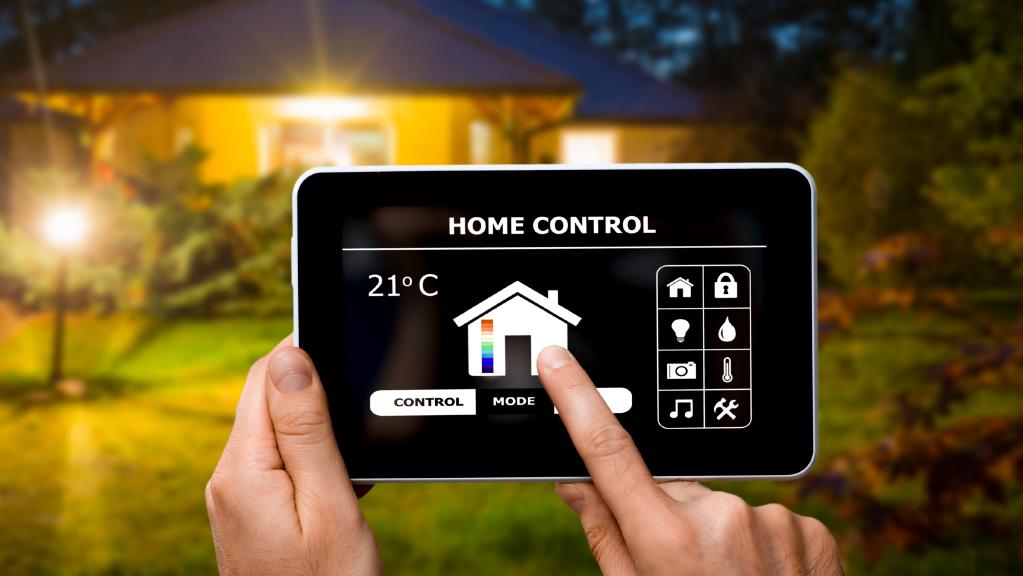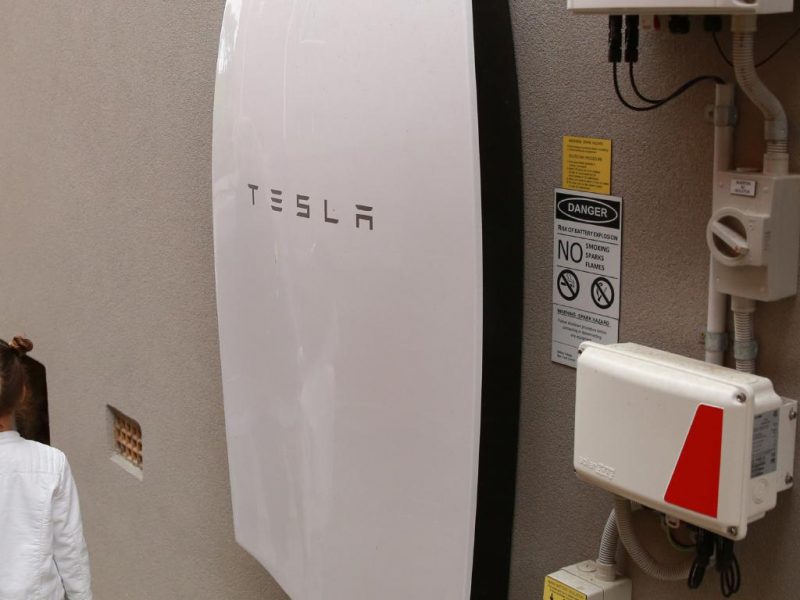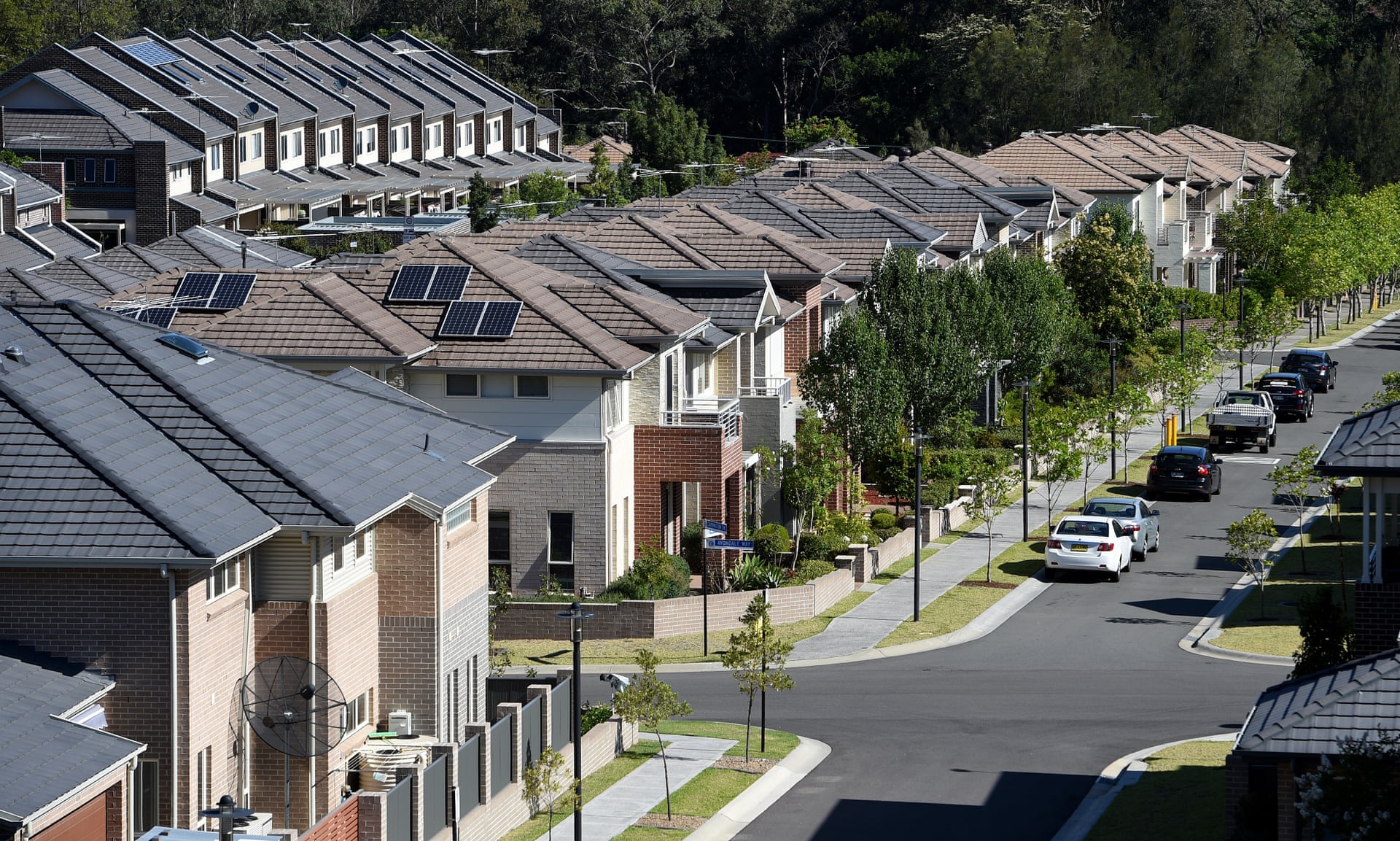Future Housing Estates: Drone Landing Pads, Homes Built in Days
DRONE landing pads, driveways equipped to charge electric cars and modular houses that can be built in days — these could be a part of Melbourne’s housing future.
-
With escalating land prices, lengthening commutes and increasingly technology-oriented lifestyles, a significant rethink of new housing estates and how we build homes is on its way, according to one of the people tasked with working out the costs and materials going into new buildings.
WT Partnership Australia managing director and budding futurist Nick Deeks has tipped growing concern over the environment will prompt big changes to new homes in the future.
His claims come as a high-end new home builder has revealed homebuyers are already prepared to splash tens of thousands of dollars on home automation.
A quantity surveyor by trade, Mr. Deeks said he expected the traditional view on housing would soon change — with homes to be more functional.
“Land is so expensive, the single dwelling on the single block will not be the way in the future,” he said.
“There will still be housing estates. They will look a bit different. They will be more homogenous, more energy efficient.”
While the homes of the future might look similar to each other, they could be very different to what we see today.
“Driveways may end up as unnecessary, as less people will have cars — or they might need an electric charging station,” Mr. Deeks said.
“We may have drone pads out in the garden, which would allow people to deliver pizza and that sort of thing — and that’s the kind of design that needs to be incorporated into housing.”
There might even be shared, self-driving electric cars for an estate, he added.
Mr. Deeks also tipped a future where many new houses are built from prefabricated parts or composite panels — with interior and exterior finishes, doors and windows already in place — allowing for easy extensions and reductions in building sizes, and the recycling of materials.
“It needs to be things like big bits of Lego that will let you put a house up in a couple of days,” he said.
“And these composite homes could be extended more easily than moving. You would just bolt on another bedroom.”
While this would mean more modular looking homes, and less variety, better thermal and energy efficiency would both be a part of this — reducing the cost of daily living.
Mr. Deeks added that concerns about global warming and a growing push for sustainable living could drive changes alongside cost reductions.
“If these changes can reduce your running and capital costs to buy the building, people are going to listen,” he said.
And these changes could be emerging in the next 10 years.
“As younger generations move through to business and government, things that are ‘futuristic’ today will become normal,” Mr. Deeks said.
Many of these changes would require certain regulatory and legislative changes, but the need for lower costs should prevail, according to Mr Deeks.
New home builders are also anticipating changes to the modern-day home on the horizon.
BH Prestige Homes director Brent Henry has noticed new homebuyers and builders seeking home automation and energy-saving features.
Both will feature heavily in his next display home.
Voice control and smartphone controls are both being built in, including the ability to turn on lighting or lighting zones, the television, and even the shower.
Automated blinds are also in place, while a Tesla Power Wall and solar panel array on the roof helps minimise energy bills.
“We have tried to go pretty futuristic with our latest display home, to stay relevant for the next few years,” Mr. Henry said.
“A lot of people are saying ‘how cool is that, I want it’.”
Minimalist designs with little embellishment to a home’s interior will also be a factor.
Mr. Henry’s company handles high-end home developments, with customers spending anywhere from $700,000 to $1 million on the build, which meant that for the sake of an extra $30,000, many people would pay to include home automation.
He added that so long as privacy and safety concerns were addressed first, adding drone landing pads and electric charging stations to driveways would be very simple.
SOURCE: realestate.com.au
POSTED: October 29, 2017
AUTHOR: Nathan Mawby@Luxury Estates – experts on visionary marketing of Australia’s most luxurious real estate for sale


